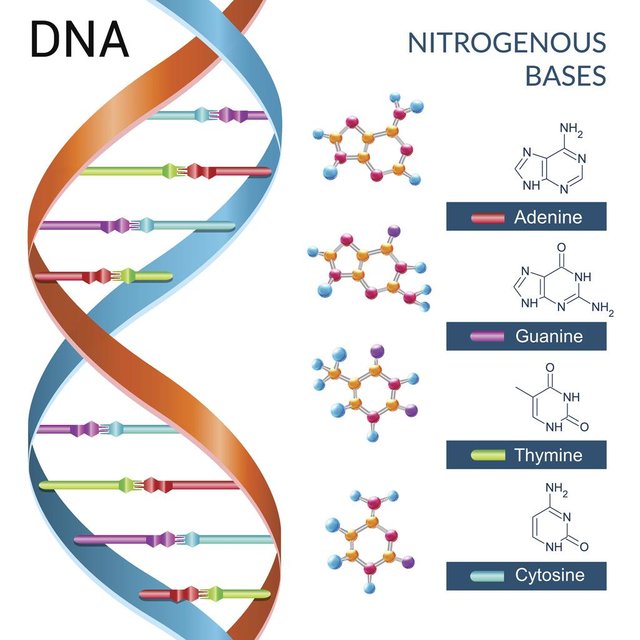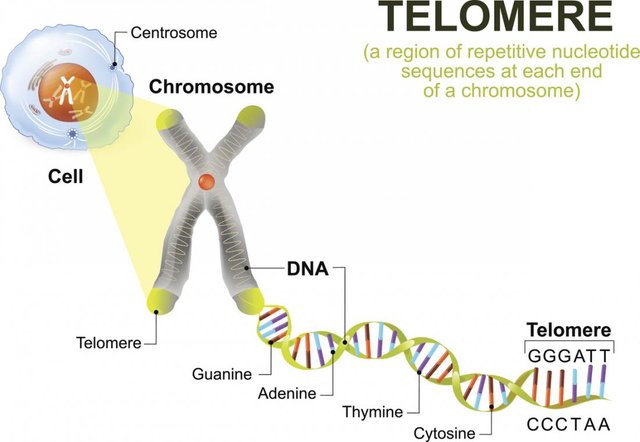APPLICATION OF BLOOD GROUP SYSTEM AND DNA FINGER PRINTING
DNA The uniqueness of human being lies in the unit of inheritance called DNA (Deoxy ribonucleic acid), present in all body cell and it is the basis of variability among individuals. The chemical structure of everyone’s DNA is the same The only different between people (or animal) is the order of the chemical components of the DNA known as Base pair which consists of four compounds ADENINE, GUANINE, CYTOSINE, and THYMINE. 99% of all DNA in every human body are the same, the remaining 1% is unique to individual.

BLOOD GROUP: Blood group is a characteristic of an individual’s Red blood cell (RBC) defined in terms of specific substances on the surface of the cell called ANTHEGEN. Which ANTHEGEN is present on the surface of the blood cell depend on its DNA (i.e the parents). BLOOD GROUP SYSTEM: The most important classification to describe blood types in human is ABO and the Rhesus factor (Rh. factor). There are 46 other known types in humans most of which are rarer than the ABO and Rh. The ABO classified blood into four groups; A, B, AB and O. while rhesus classified it as positive and negatives It tends to reject incompatible blood group when transfused and this may lead to many pathological conditions, including Homolyticanemia (lyses of the blood cells), kidney failure, shock and death. Blood transfusion is the intravenous replacement of lost or destroyed blood The ABO types also exist between chimpanzee and baboons The breakdown products cause a life medical illness; hence it is quite literarily vital important that the blood type of then donor and the receptor are properly matched. Austrian scientist Karl Landstener discovered the ABO blood group system in 1901; he’s awarded the noble prize in physiology or medicine in 1930 for this. Landstener & Wiener discovered the second most important antigen set., the Rhesus system in 1937. It is named after a rhesus monkey in which the factor was first identified. Blood group is used to refer specifically to a person ABO and Rhesus factors.
THE ABO SYSTEM There are 4 groups in the ABO blood grouping system, which include; blood group A, B, AB and O. The blood group also contain antibodies as defense against non-matching antigens, the anti-A Blood Group A This group contains antigen-A in their blood cells and antibody anti-B in their plasma People that possess blood group ‘A’ can receive and give blood to people from the same group ‘A’ only (if the rhesus factor is compatible). Blood group B This group contains antigen-B in their blood cells and antibody anti-A in their plasma. People with blood group B can receive and give blood to people with the same blood group only (provided they are compatible for Rh. factor).Blood group AB This group contain both antigen-A & B in their blood cell and none of the antibodies in their plasma People with blood group AB are known as universal recipient as they can receive from any person belonging to any of the ABO group (with matching Rh.factor). Blood group O This group contains none of the antigen (A or B in their blood cells ) but contains both the antibodies (anti-A and anti-B) in their plasma. People with blood group O are known as the universal donor as they can donate to any of the ABO group (with matching Rh. factors). The O blood type is the most common blood type in the world athough some areas like Sweden and Norway the A group dominates. The AB blood type is the rarest of the ABO blood types Certain blood types give greater (or less) resistance to various disease
USES OF THE ABO SYSTEM
Transfusion: identification of matched blood group Base on this, blood can be clustered into 8 groups A+, B+, AB+, O+, A-, B- AB-, O-.. Organ transplant Paternity testing
DNA FINGER PRINTING TECHNOLOGIES
Each person has a unique DNA finger printing that came into use by defective and police laboratory during 1930s. The characteristics of all living things including human are usually determined by the information contained in their DNA Fingerprint that occur on the finger can be altered by surgery, a DNA fingerprint is the same for every cell and therefore every part of the body of a person, it cannot be altered by any known treatment The molecular structure of DNA can be vividly described a with each tooth represented by one of four zipper letter A, C, G, T. coding for Adenine, Cytosine, Guanine and Thymine respectively with opposite teeth combining to form an A-T or G C pairs The information contained in DNA is determined primarily by the sequence of letters among the zippers e.g. the sequence of ACGCT represents information than sequence of AGTCC in the same way that the word POST has a different meaning from STOP even though they use the same letters.

USES OF DNA FINGER PRINTS
Diagnosis of inherited disorder Developing cares for inherited disorders Paternity and maternity Personal identification Criminal identification and forensic
Still my humble self @dickiebash